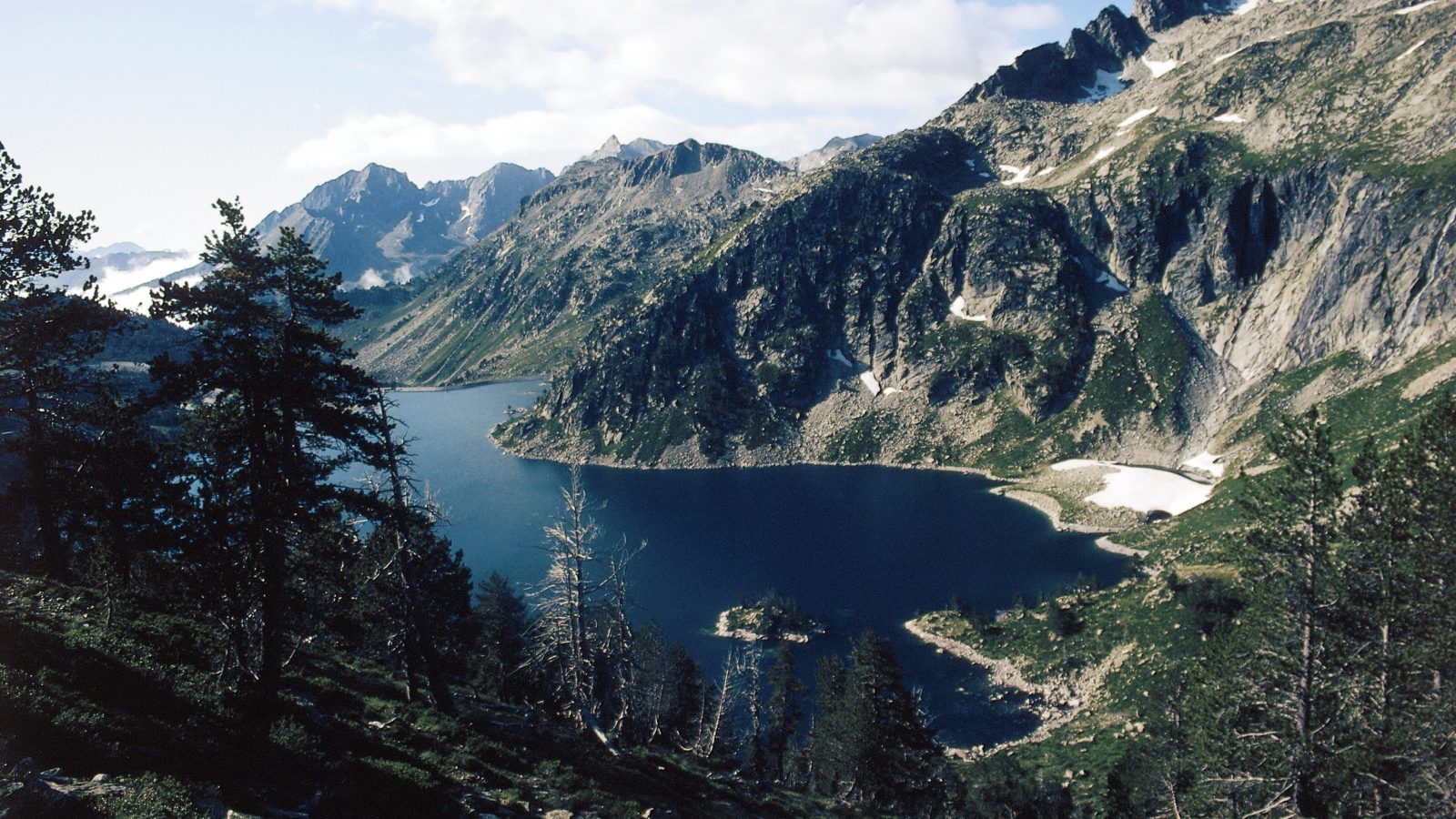Plastic takes a ton of energy to produce and lasts hundreds of years. It accumulates in our food web, fills our landfills, and now, tiny microparticles have been found in the most pristine and remote parts of the French Pyrenees. Is nothing sacred anymore?
The new study measured the amounts and sizes of microplastic particles raining down on the Pyrenees. The French researchers found that, on average, 365 pieces of microplastic filaments fell on each square meter per day. The source? Since there were no significant nearby populations or industries, the researchers think the plastic traveled over 60 miles on the wind from larger cities like Barcelona to deposit in the mountains.
Microplastics have been an environmental conundrum for years. They’re tiny pieces of plastic — some small enough to inhale — that are degraded remnants from larger plastics, filaments shed from synthetic clothing, or tiny beads in toothpaste and exfoliating face wash. These particles eventually end up … everywhere. Rivers and lakes, Arctic fjords, table salt, even human stool have been shown to contain microplastics. And these particles, when ingested, have been linked to health problems in animals and could harm people, too.
At this very moment, we’re all surrounded by these invisible filaments. However, this discovery in the French Pyrenees shows just how far and in what quantities these plastic particles can travel.
Deonie Allen, a researcher on the team, spoke about the results to The Guardian: “Because we were on the top of a remote mountain, and there is no close source, there is the potential for microplastic to be anywhere and everywhere.”




